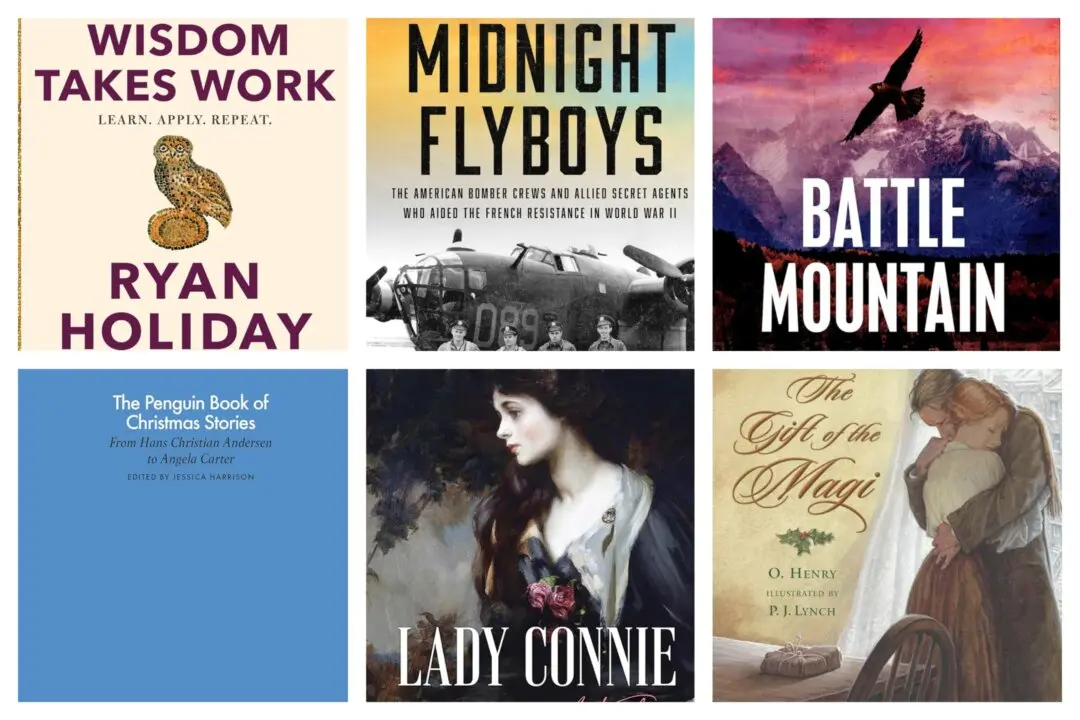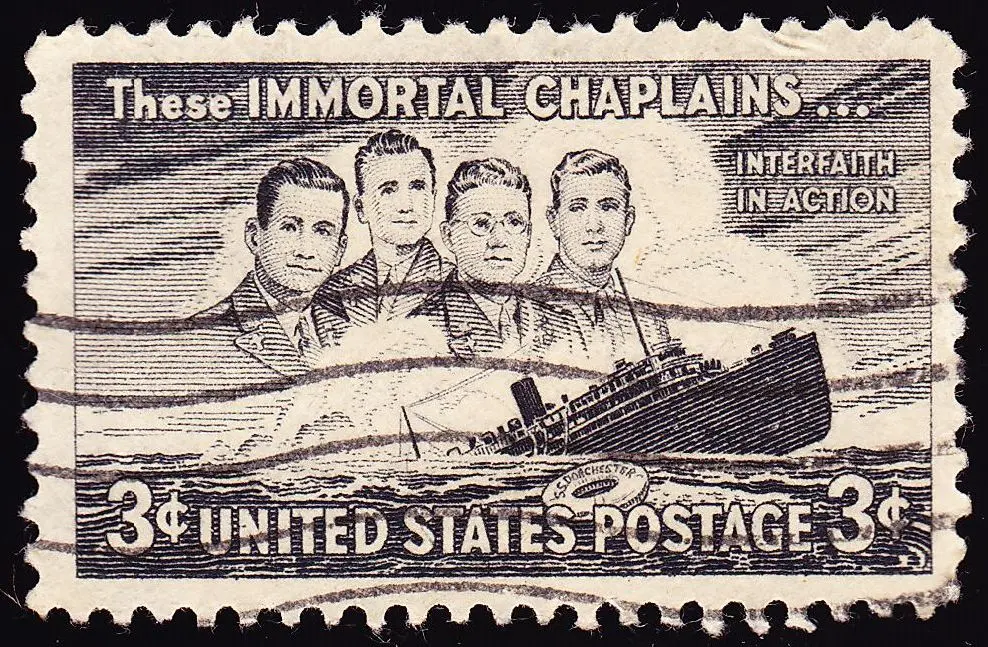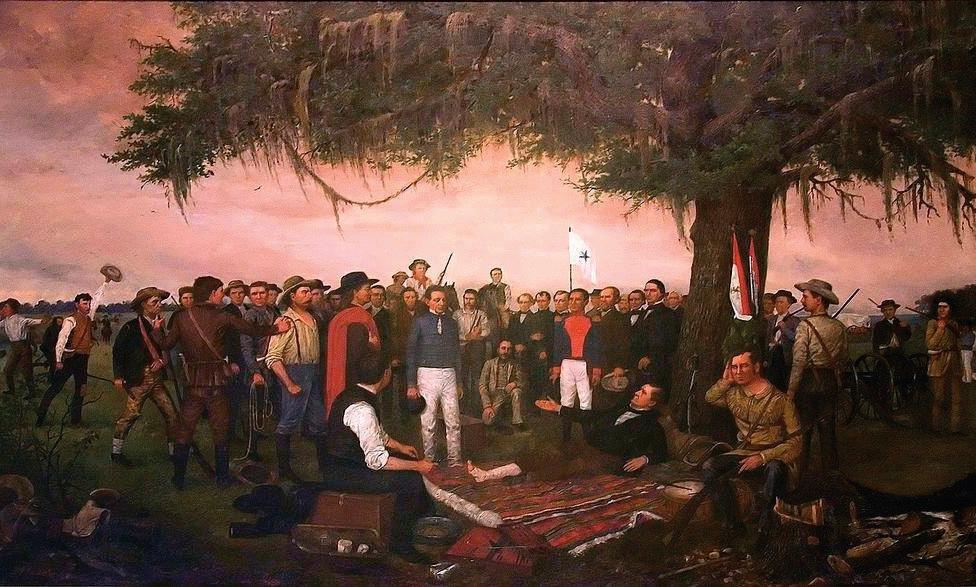When we hear the word “teacher,” most of us think of a man or woman standing before a room filled with students, whiteboard and markers at hand, imparting knowledge to young people through books, lectures, drills, exercises, and tests. Perhaps we recall a specific teacher, one as dear to us as gold, or sadly, perhaps that teacher we despised leaps to mind, an instructor who by dint of sarcasm or lack of interest in the students left a sour taste both for the subject being taught and for that particular individual.
In truth, of course, most of us are teachers. Whether we realize it or not, by word and by deed we spend our days instructing those around us: our children, our friends, our coworkers, even those with whom we have only a passing acquaintance. One small example: The barista at the coffee shop I frequent, Laney, reminds me with my every visit of the importance of joyful service, demonstrated by her smile and her kindnesses toward her customers.






